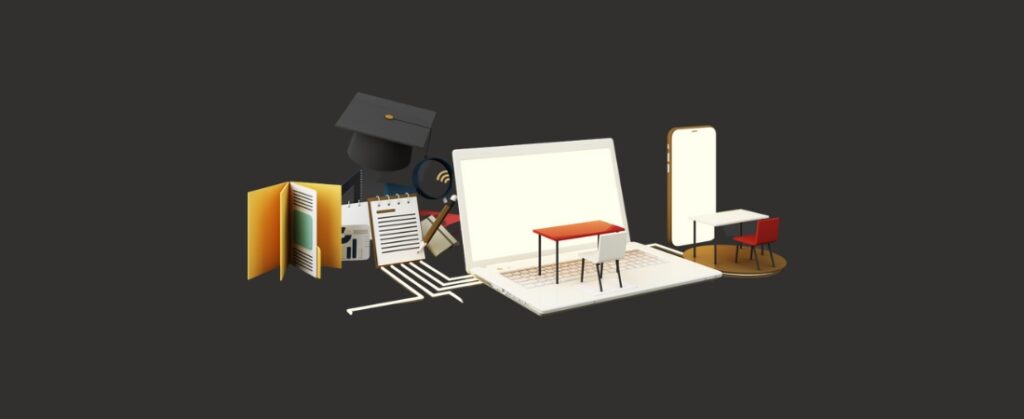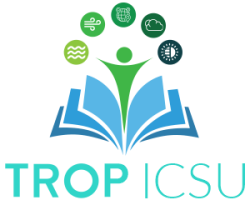Climate Solutions for Health and Education Sector

Climate Solutions for Health and Education Sector Reading A short reading from ‘Project Drawdown’ that discusses climate solutions for the Health and Education Sector. It explains how the connection between climate and social systems can offer profound insights into climate solutions. It also explains the importance of social factors such as family planning, population control, […]
Climate Solutions by Project Drawdown

Climate Solutions by Project Drawdown Reading A website resource designed and developed by ‘Project Drawdown’ that offers a sector-wise list of solutions to the climate crisis. It includes readings on specific solutions for various sectors and sub-sectors such as: Electricity: This reading summarises climate solutions for the electricity sector. It explains different technologies that generate […]
NASA Climate Games

NASA Climate Games Game NASA Climate Kids contains a collection of online games such as Coral Bleaching, Meet the Greenhouse Gases, Play OFFSET!, Play Power Up!, Slyder: The Art of Weather, Missions to Planet Earth, Wild Weather Adventure, and Whirlwind Disaster. About Tool Tool Name NASA Climate Kids Discipline Earth Sciences, Environmental Sciences, Geography Topic(s) […]
NASA’s collection of climate games

NASA’s Collection of Climate Games Game NASA Climate Kids contains a collection of online games such as Coral Bleaching, Meet the Greenhouse Gases, Play OFFSET!, Play Power Up!, Slyder: The Art of Weather, Missions to Planet Earth, Wild Weather Adventure, and Whirlwind Disaster. About Tool Tool Name NASA Climate Kids Discipline Earth Sciences, Environmental Sciences, […]
Sea Level Rise

Sea Level Rise Video This video describes sea-level rise due to climate change and flooding risks in coastal communities. About Tool Tool Name Rising Sea Levels — Changing Plane Discipline Earth Sciences, Geography, Environmental Sciences Topic(s) in Discipline Recent Climate Change, Sea Level Rise, Disasters, Disasters and Hazards, Hydrosphere, Floods, Coastal Communities Climate Topic Climate […]
Hurricanes and Climate Change

Hurricanes and Climate Change Reading A reading to learn about what affects hurricane activity and the measures that can help in building resilience to the impacts of hurricanes. Students will read about the effects of warmer sea surface temperatures and sea-level rise on hurricanes. They will also discuss changes in the frequency and intensity of […]
Changes in Intensity and Frequency of Hurricanes

Changes in Intensity and Frequency of Hurricanes Reading A reading to learn about recent changes in hurricane activity, specifically in the Atlantic. Students will read about changes in Atlantic storm activity, factors that affect hurricane intensity and frequency, and the impact of global climate change on these factors Use this tool to help your students […]
Glaciers as Indicators of Climate Change

Glaciers as Indicators of Climate Change Reading A reading that introduces the topic of glaciers and their formation. Students will read about the formation of glaciers, common glacial features, and changes in the extent of glaciers over the past 750,000 years. They will also discuss how glaciers may serve as indicators of climate change. Use […]
Melting Ice Sheets and Sea Level

Melting Ice Sheets and Sea Level Model/Simulation An interactive Model/Simulation to explore the effects of melting ice sheets and the resulting sea level rise on coastal areas. Students will configure parameters related to glacial melt in Antarctica and/or Greenland, and will observe the effects of sea level rise on selected coastal regions in the U.S. […]
Glacial Retreat in Glacier National Park

Glacial Retreat in Glacier National Park Classroom/Laboratory Activity A classroom/laboratory activity that introduces the relationship between climate and the cryosphere, explains how sea-level rise can be predicted (based on average global temperature change), and triggers a discussion on the potential impacts of sea-level rise. In this activity, students will examine actual data for projected sea-level […]


